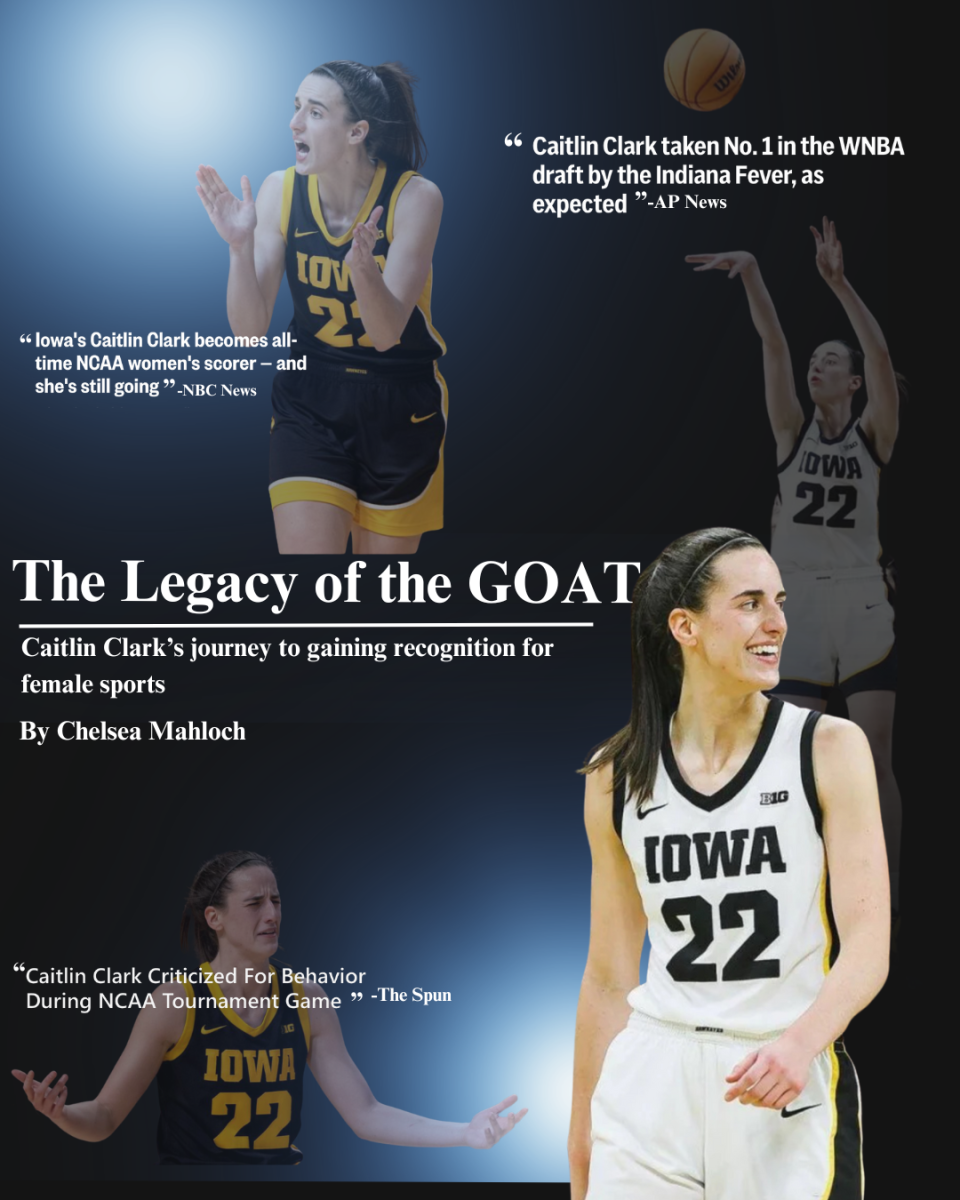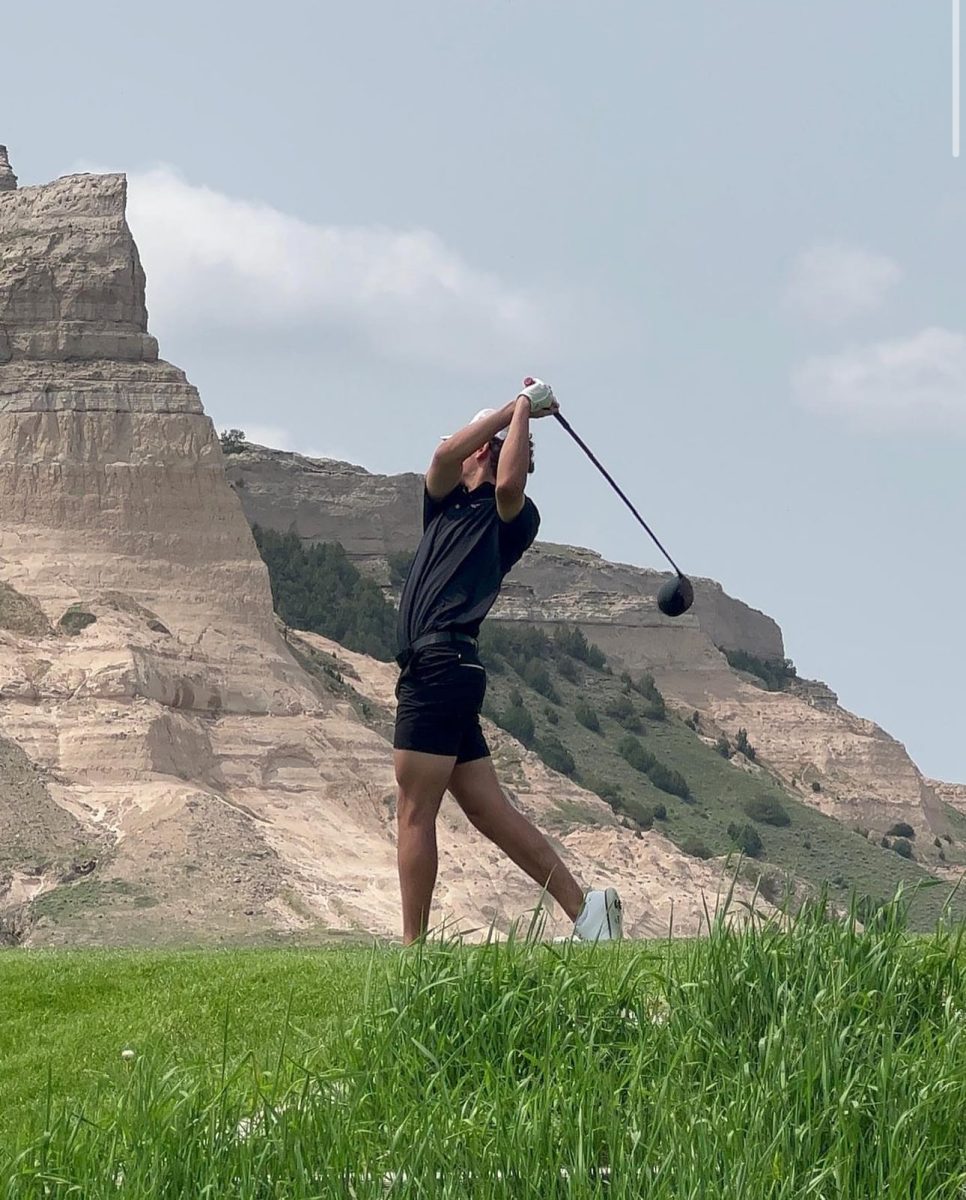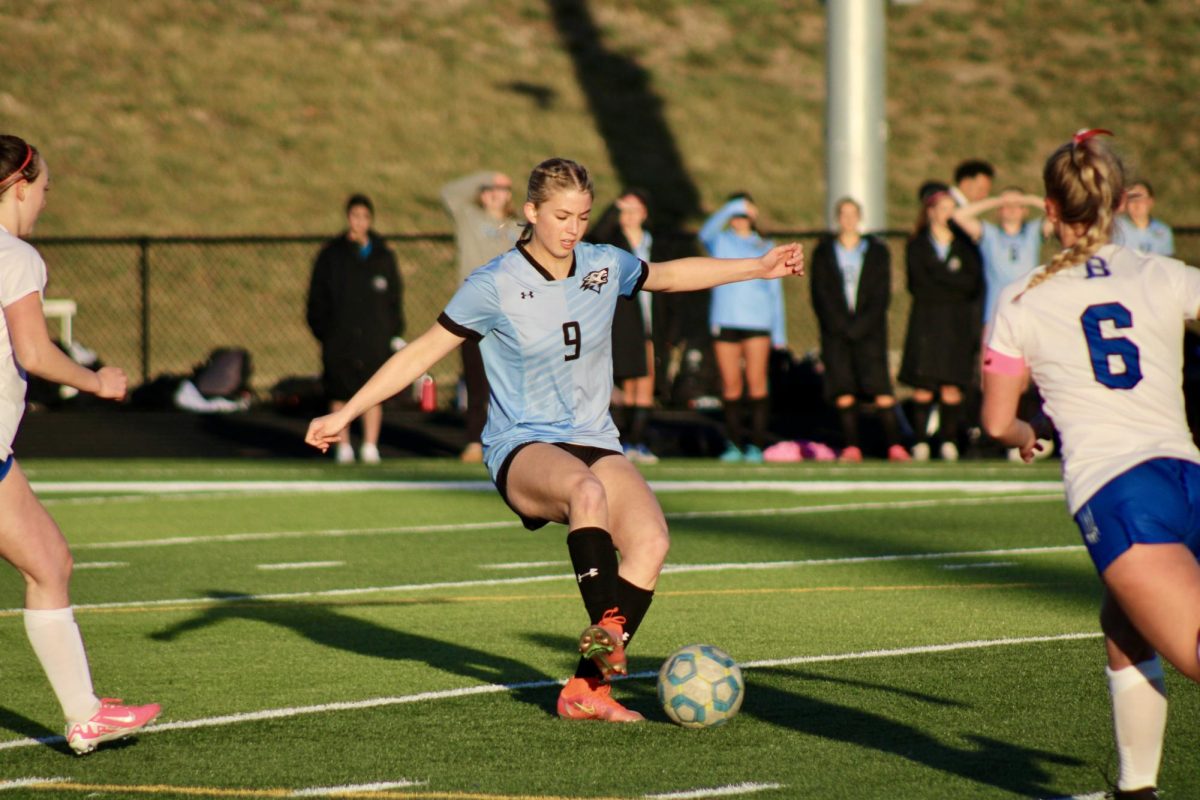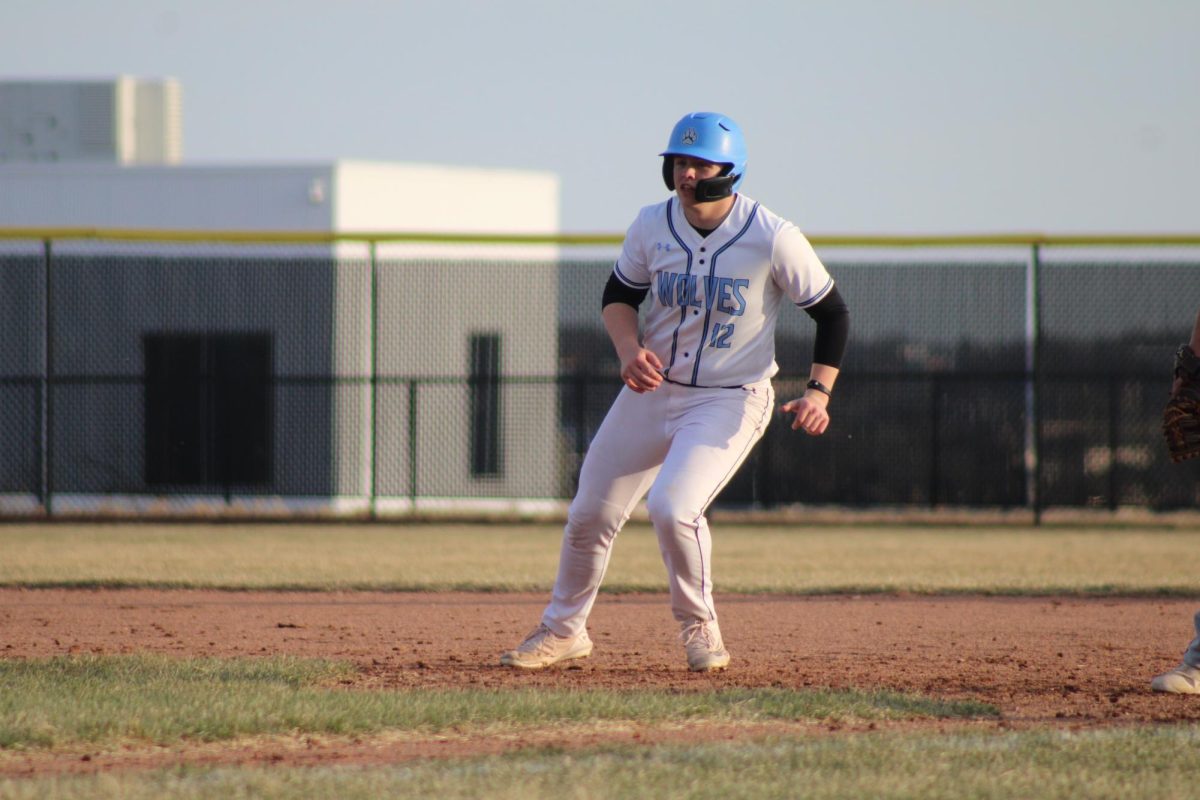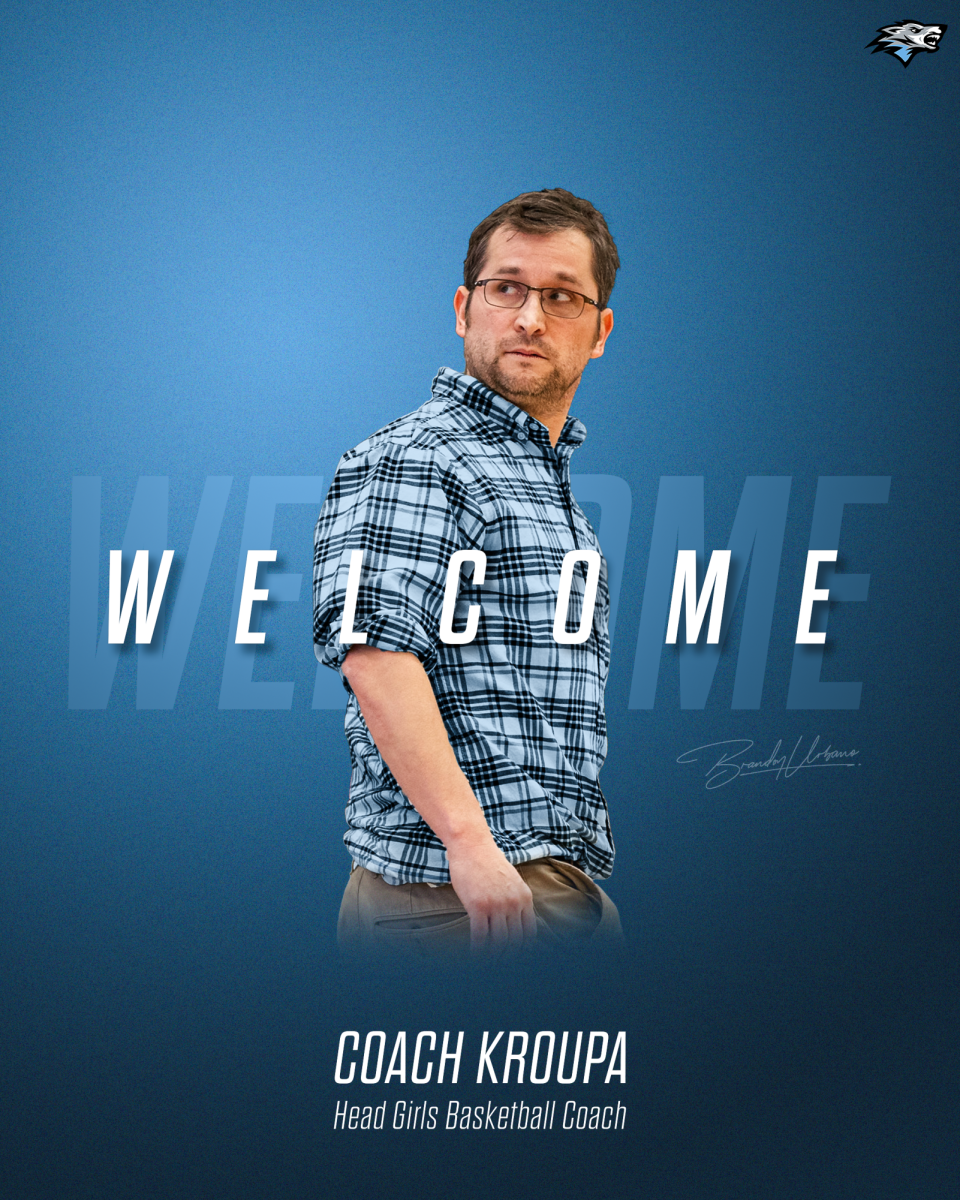To continue a sport at the college level is something many high schoolers hope to accomplish, but few actually do. From volleyball and track to basketball, baseball, and football, many students have recently made the decision to continue their athletic career after completing the tedious recruiting process.
No matter what sport or division, similarities can be seen as athletes move up to the next level of competition.
Similarities
All sports programs focus on building a connection with the athletes that are recruited by the school, often influencing the athletes decision to attend the college or not.
“At every school that I visited, the coaches did a really good job at introducing me to the team and letting me see how everyone interacted with each other,” senior runner Sydney Stodden said. “Seeing the coaches dynamics at practice was ultimately one of the deciding factors for my commitment”.
Recently committed to the University of South Dakota (Division I), Stodden has accumulated over 10 state medals, even competing in Australia.
The close bond she has built with other USD commits further solidified her decision to continue her track career in Vermillion.
Similarly, senior basketball player McKenna Murphy also made her final decision as a result of the connection with the coaching staff and players at her future school.
“I chose Colorado State mainly because of the relationships I built with all of the coaches, especially Coach Williams,” Murphy said.
This connection not only eases the stressful process, but it also builds an additional support system for the athletes.
School reputations also play a key role in an athlete’s decision, as their school becomes intertwined with their own lives, which is why athletes weigh their long-term goals into the decision.
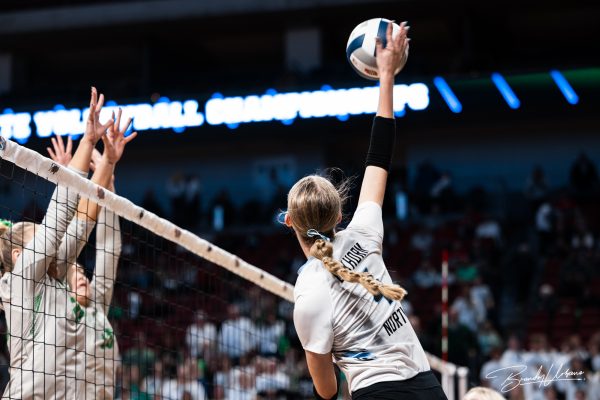
“I ultimately chose GCU [Grand Canyon University] because their volleyball program has historically always been pretty solid,” junior Shay Heaney said. “They have a really good health care program there, which was a big thing for me.”
The connections with the schools and coaches are one of the few similarities shared between the commitment processes across each sport and division.
Differences
Depending on the sport, colleges can start showing interest in prospective athletes differs. This results in athletes committing at varying times in regards to their sport season
For example,baseball and basketball are able to set up meetings with athletes as early as eighth grade. With the help of club coaches, colleges form early connections.
“I started talking with coaches my freshman year,” Murphy said. “Anytime before June 1st of your junior year the coaches can’t contact you directly so they scheduled calls with my club coaches for me to call them.”
Track, however, is often seen as more strict than other sports in regards to following the NCAA (National Collegiate Athletic Association) recruiting rules. Track is also one of the only sports that has a cap on the number of scholarships they can offer in a year so obtaining these as anything other than a senior is rare. The main reason that Stodden had to wait to make this decision her senior year was due to the fact that these rules are in place.
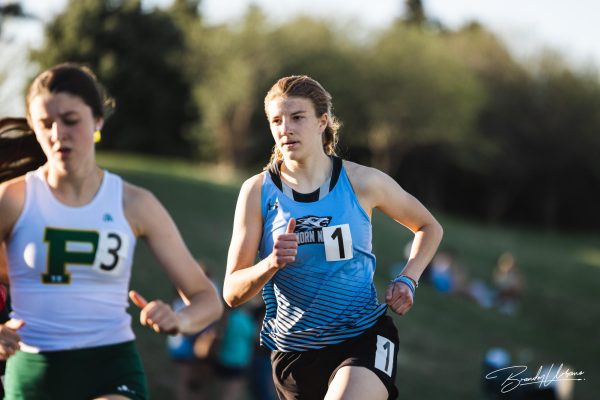
“I did all of my visits this fall within a span of maybe two months,” Stodden said, “I was missing a lot of school which definitely did not help the stressfulness of the process”.
For volleyball, most players commit their junior year, like Heaney. As part of a national championship club team in years past, Heaney was a high-status recruit for many colleges.
“Personally I think the recruiting process was really stressful,” Heaney said. “There’s a certain date when coaches can start communicating with you and literally at midnight of that day they start texting you and you have to start planning all of your calls with them.”
From the end of the “dry period” when college coaches cannot contact athletes to her verbal commitment, Heaney was left to decide between three schools; University of Connecticut, Rutgers, and Grand Canyon University.
Conclusion
Each athlete has their own experience with the recruiting and commitment process, greatly reliant on their sports rules and regulations. The process is not only a stressful decision, but also one that can change the course of an athlete’s life and future career, with many twists and turns along the way.




